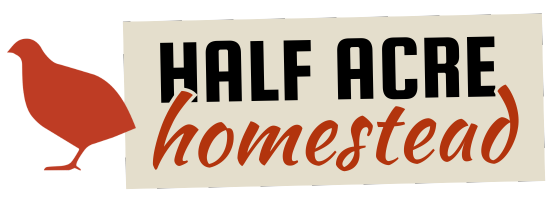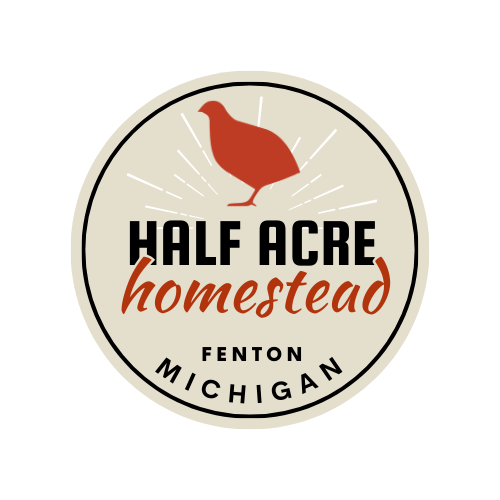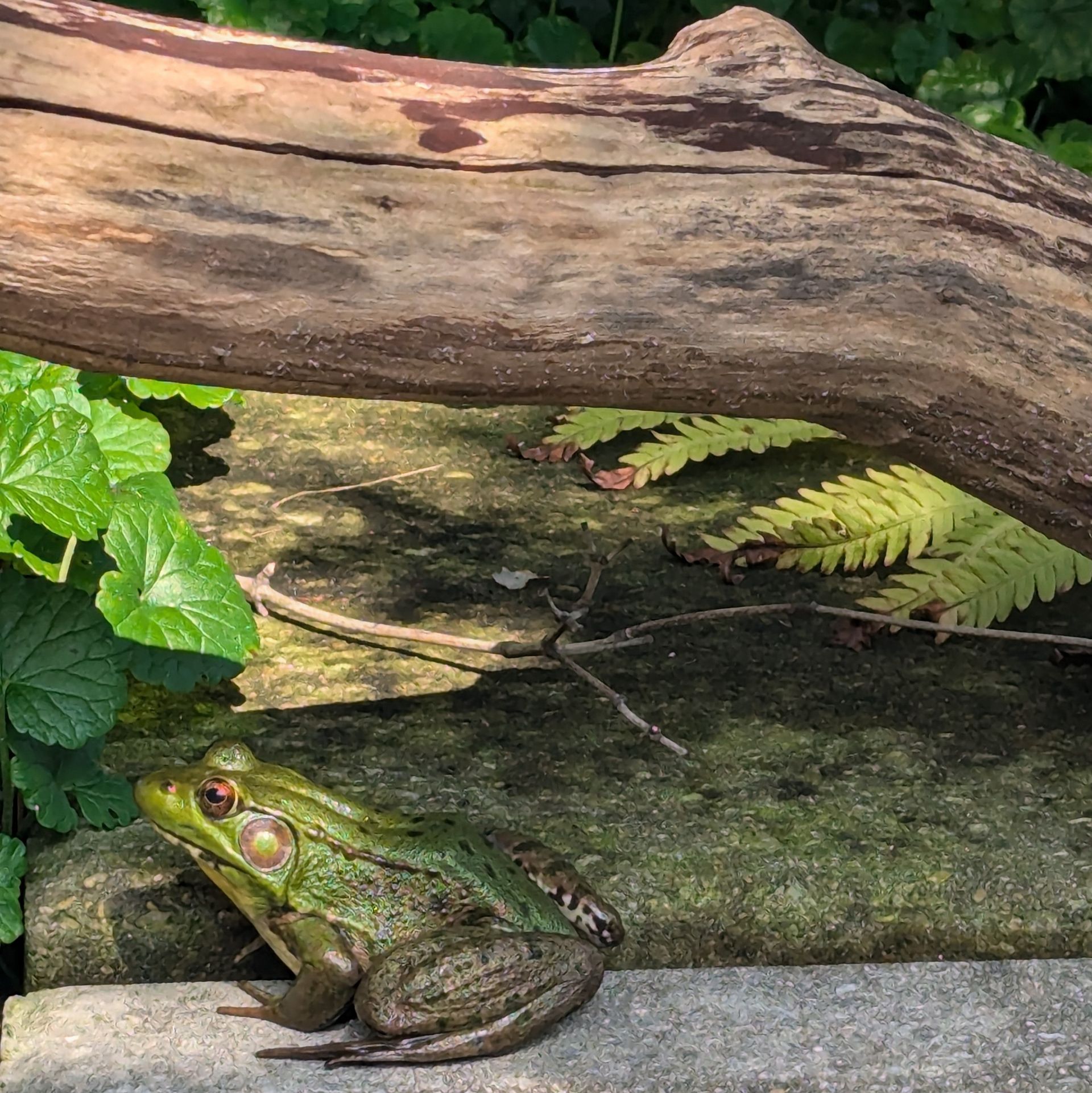Pheasant Back Mushroom
Pheasant Back Mushroom: Nature’s Overlooked Edible
If you’ve ever walked through the woods in spring and noticed a fan-shaped mushroom with a feather-like pattern, chances are you’ve met the Pheasant Back Mushroom (Cerioporus squamosus), also known as Dryad’s Saddle. Often overshadowed by more glamorous fungi, this wild edible is easy to identify, abundant, and worth getting to know.
How to Identify It
Pheasant Back mushrooms grow on dead or dying hardwood trees, especially elm and boxelder. I found them in my front yard growing above the decomposing roots and underground stump of a magnolia tree. They usually appear in the cool, damp days of spring and early summer, though fall flushes are possible.
Key features:
- Large, fan- or kidney-shaped caps (4–12 inches wide)
- Brown, scale-like markings that resemble pheasant feathers
- White pores underneath (not gills)
- Cucumber or watermelon rind-like scent
Foraging & Eating
These mushrooms are best harvested young and tender. As they age, they become woody and nearly impossible to chew. Use a knife to slice the edge of the cap—if your blade glides through easily, it’s good to go!
Pheasant Back has a mild, nutty flavor. It works well in:
- Stir-fries
- Creamy soups
- Mushroom gravies
- Dehydrated mushroom powder for broths
Pro tip: With larger mushrooms peel off the tougher pores before cooking to improve texture.
Homestead Value
Beyond food, Pheasant Back mushrooms indicate healthy forest decomposition and can be part of a larger foraging plan. They're a great way to stretch your seasonal harvests and diversify your pantry.
Pheasant Back may not be the star of the mushroom world, but it’s a reliable, wild food ally for any homesteader. Keep your eyes open—you might just find dinner growing on a log.




